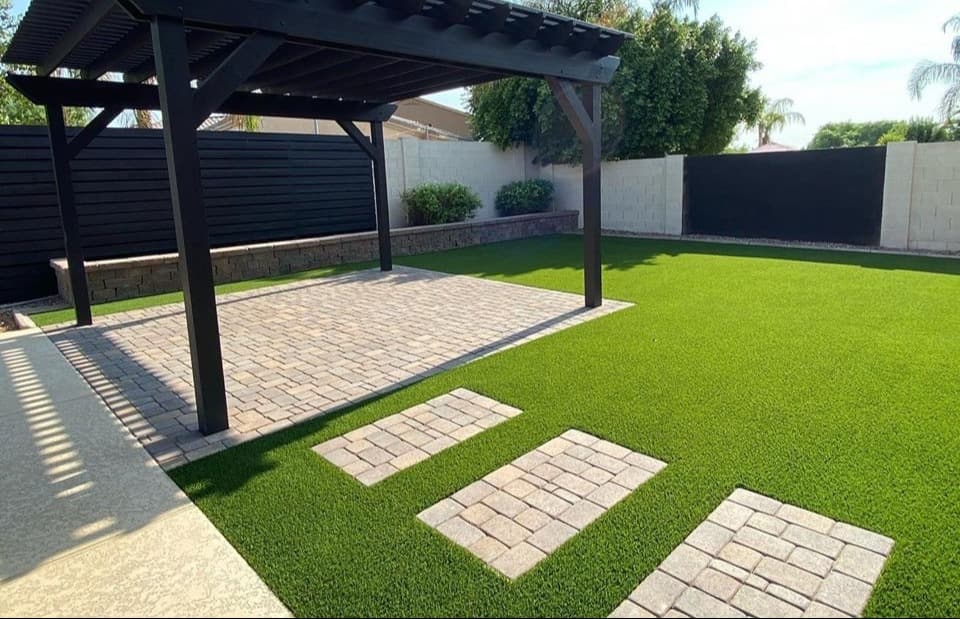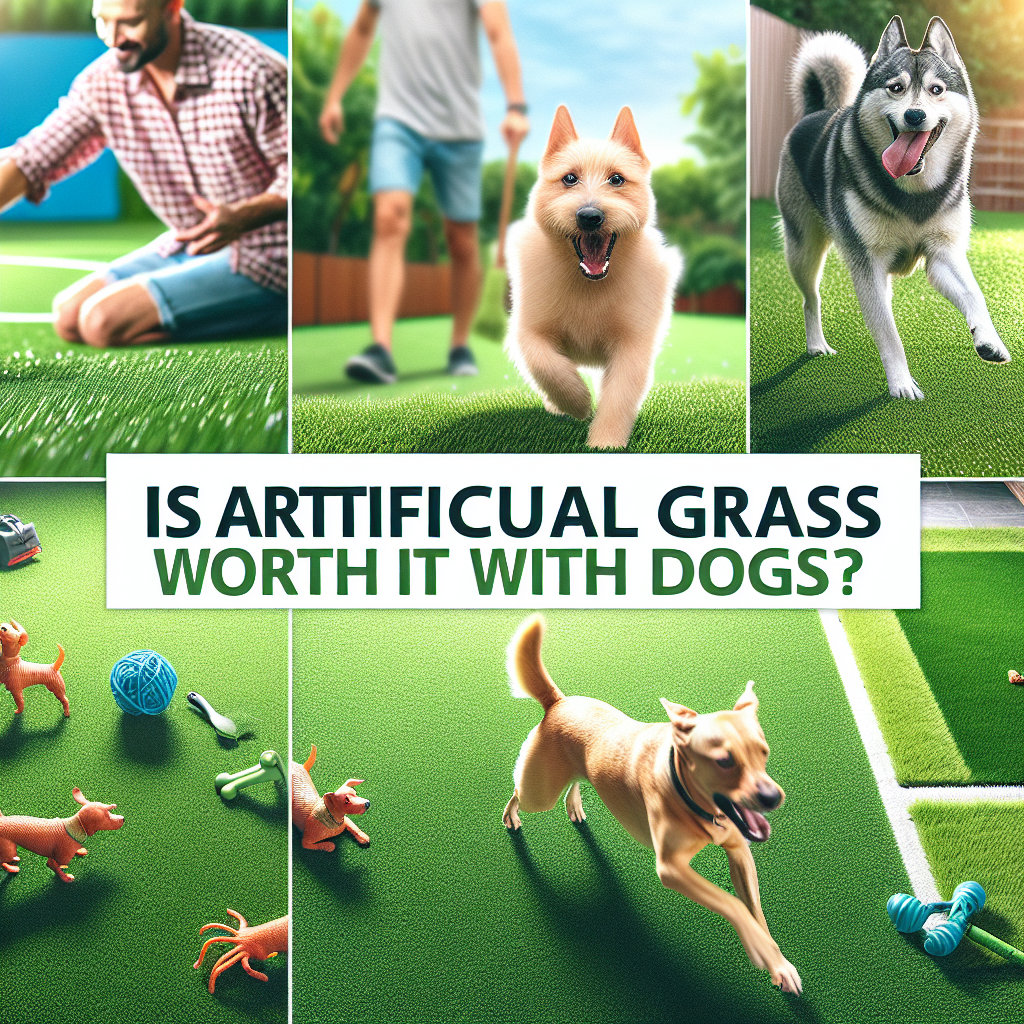
Imagine a lush, green lawn where your children play, and your pets roam freely. But what happens when Fido's bathroom habits start to take a toll on that verdant paradise? Dog urine can create unsightly brown patches, turning your beautiful garden into a patchwork quilt of green and yellow. Fear not! This guide will walk you through the steps to restore your grass after dog pee, ensuring your lawn remains as picturesque as ever.
Dog urine contains high levels of nitrogen and salts that, while beneficial in small amounts, can overwhelm and burn the grass in larger concentrations. Think of it like over-fertilizing your plants; too much of a good thing can turn bad quickly. These "burn spots" are often more pronounced in female dogs, who tend to urinate in one spot rather than marking multiple areas like their male counterparts.
When life gives you lemons, make lemonade. When your dog gives you a brown spot on your lawn, act fast!
The first step is to dilute the urine as quickly as possible by watering the area thoroughly. This helps to spread out the nitrogen and salts, reducing their concentration.
Lime or gypsum can help neutralize the acids and salts in dog urine. Sprinkle these substances over the affected area and water again to facilitate absorption.
Maintaining a healthy lawn is like nurturing a relationship; it requires consistent effort and care.
Once you've neutralized the urine, reseed the bare patches. Choose a resilient grass type such as fescue or ryegrass, which can better withstand pet traffic and urine.
Regularly aerate and fertilize your lawn to keep it robust. A healthy lawn is more resistant to damage and recovers faster from stress.
If maintaining natural grass feels like an uphill battle, consider switching to artificial grass. Not only does it eliminate the issue of burn spots, but it's also low-maintenance and pet-friendly. For more details on this topic, check out our guide on fake grass for dogs.
An ounce of prevention is worth a pound of cure. Here are some tips to keep your lawn looking its best:
Yes, grasses like fescue and ryegrass are more resilient to pet traffic and urine.
Absolutely! It’s designed to be durable and pet-friendly. For more information, check out our post on the benefits of pet turf.
Regular watering is essential, especially after your dog urinates. It helps dilute the nitrogen and salts in the urine.
A well-maintained lawn enhances the beauty of your home and provides a comfortable space for your pets and family. While dog urine can pose challenges, adopting proper care techniques and considering alternatives like artificial grass can ensure your lawn remains green and vibrant. Remember, every problem has a solution, and with these tips, you're well on your way to restoring your lawn to its former glory.
For more detailed advice on lawn care and maintenance, feel free to explore our comprehensive guide on maintaining your artificial lawn.


